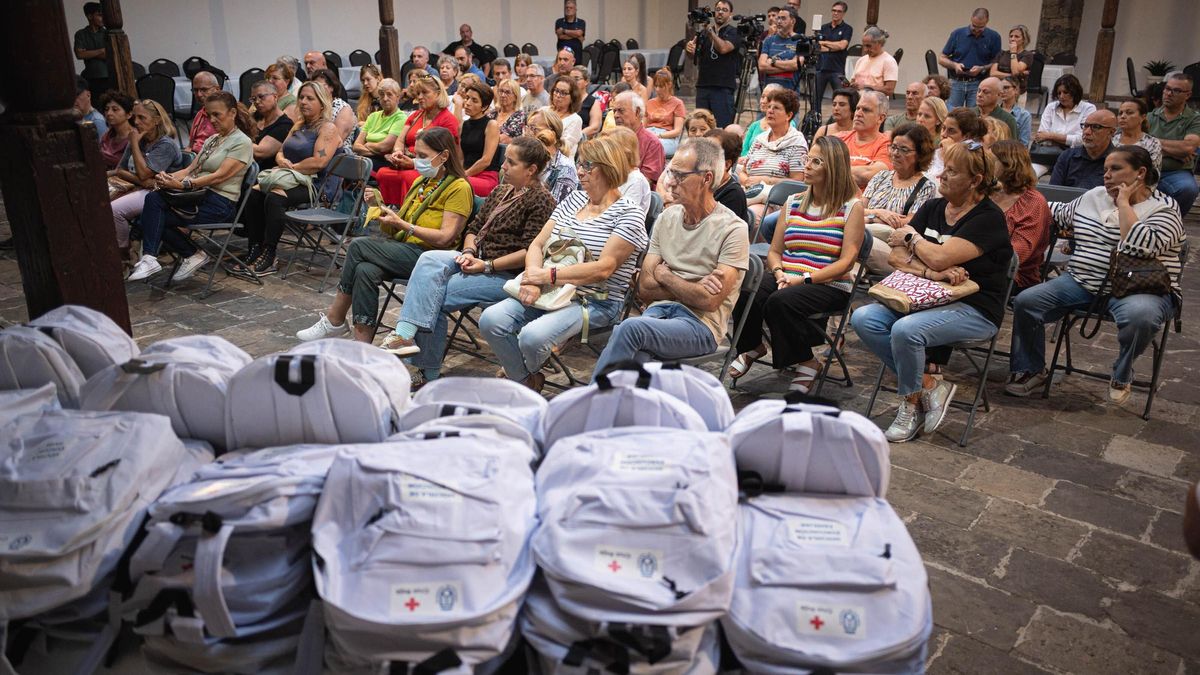The tomography analysis of 17,345 microquakes recorded after the eruption has enabled the creation of a 3D internal map of the Cumbre Vieja volcano in La Palma. This unprecedented work will assist scientists in preventing future risks in other volcanic regions.
This month, the journal Geophysical Research Letters publishes a study led by the Italian National Institute of Geophysics and Volcanology (INGV) and the Volcanology Institute of the Canary Islands (Involcan) regarding the internal structures of the volcano that began to emerge in the Valley of Aridane on 19 September 2021.
“It was a unique opportunity to observe a newly formed volcano, when its internal structures are still incandescent and active,” explains Luca D’Auria, the Director of Volcanic Surveillance at Involcan, in a statement released from Italy by INGV.
The study utilised seismic tomography resources applied to the earthquakes recorded during those days, making it possible to reconstruct a three-dimensional image of the first 1,500 metres beneath the volcano, using data from a network of 17 temporary seismic stations installed around the cone immediately after the eruption.
These instruments recorded thousands of microseisms generated by thermal contraction processes and the movement of gases released from cooling magma over a period of nine months.
“Thanks to artificial intelligence, we were able to analyse more than 17,000 microseisms, automatically distinguishing the useful seismic waves,” the researchers noted.

An “Excellent Indicator”
With all this information, they were able to analyse the velocity patterns of the different seismic waves and their relationships—measurements of particular interest, as they provide an excellent indicator of temperature and fluid presence.
The results reveal that in the shallow areas, the analysed relationship is low, indicating porous rocks saturated with gas or steam. However, at greater depths, the value increases, suggesting the presence of liquid fluids.
“This variation tells us how pressure affects the state of fluids within the volcano: at depth, they remain liquid, whereas higher up they transition to a gaseous state,” explains Sergio Gammaldi, a researcher at the Vesuvius Observatory of INGV.
The study also allowed for the identification of the main magma conduit, the fracture through which lava and gas ascended during the volcanic eruption.
A Volcano of 15.62 km³
The image obtained from the depths of Cumbre Vieja covers a volume of 15.62 km³ (equivalent to a cube measuring 2.5 kilometres on each side) and is the first to be achieved from a recently formed monogenetic volcano.
The results highlight the rapid development of the hydrothermal system, with underground water and gas, of a young volcano and provide valuable information for predicting and monitoring future eruptions, not only in La Palma but also in other areas with similar volcanic activity, the researchers emphasised.
“Studying a newly formed volcano from the inside is not just a scientific challenge: it also increases our capacity to prevent risks in areas populated by millions of people,” concludes D’Auria.












